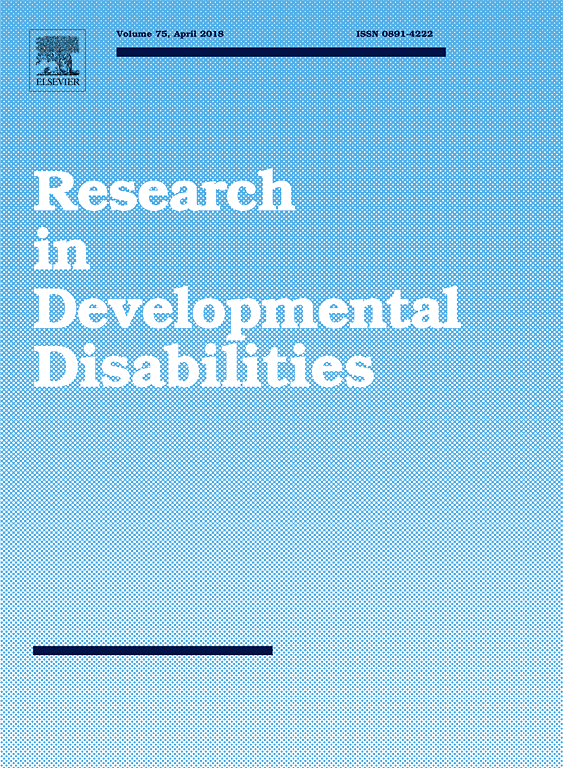From the abstract: "While there are many benefits to regular engagement in physical activity, individuals with autism spectrum disorder often do not engage in healthy levels of physical activity. The purpose of this study was to compare praise delivered through multiple means on increasing engagement in physical activity for individuals with autism spectrum disorder. A single-case alternating treatment design was used to compare two conditions for delivering praise statements, in-person and through technology, for three young adults with autism spectrum disorder and accompanying intellectual disability. The study consisted of training; baseline, comparison, best-treatment, thinning, and generalization phases; and social validity interviews. For each session, data were collected on the number of laps completed, duration, and resting/ending heart rates. The number of laps completed increased for all participants during intervention, however, results were mixed regarding the more effective and preferred condition. Participants who excelled in the technology condition also maintained performance levels when praise statements were thinned and generalized performance to a new setting. Praise statements can be used to increase levels of physical activity in young adults with autism spectrum disorder and intellectual disability. Exposing individuals to multiple conditions can impact their preferred method for receiving support."
Citation
DOI

